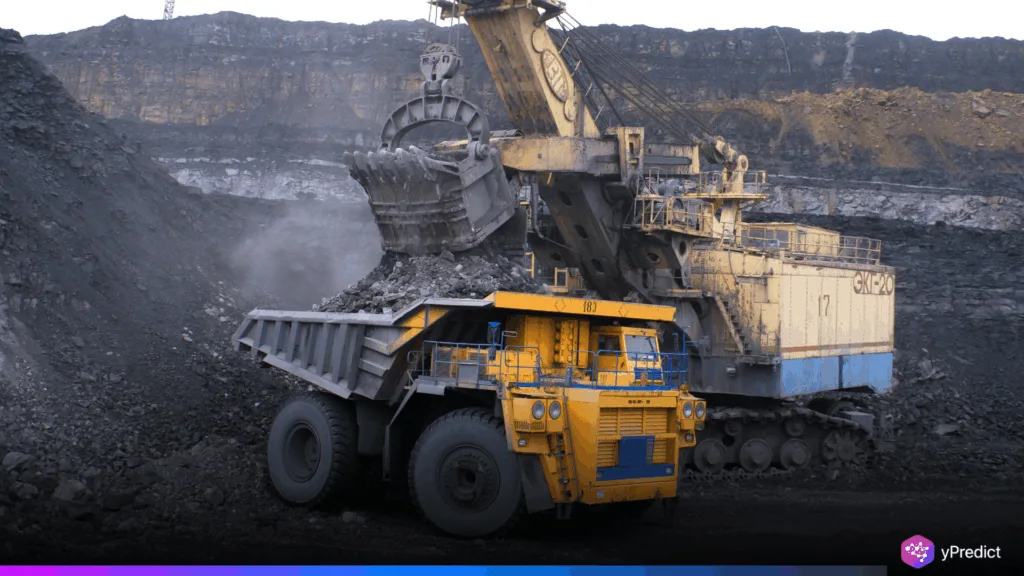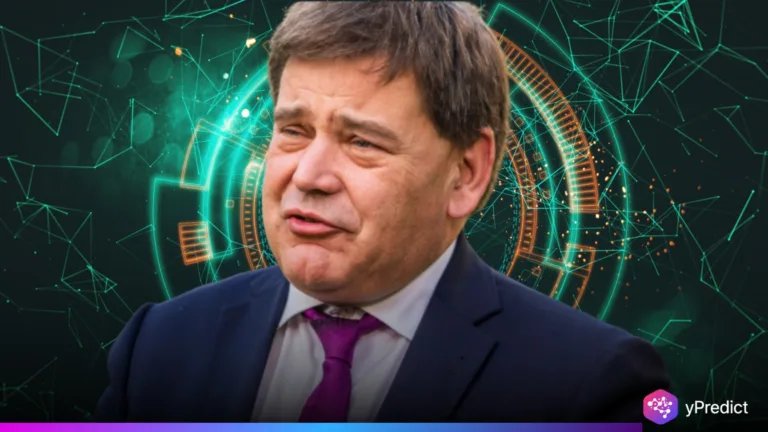
The European Union is moving swiftly to amass essential minerals in response to the increasing instability in the world. According to the Financial Times, a European Commission draft paper outlines increasing concerns regarding supply disruption. Growing cyberattacks, geopolitical threats, and climate crises are the causes of them.
Furthermore, this measure is part of the EU’s broader crisis-preparedness strategy. This is to safeguard its populace and economy against unforeseen shocks. Official publication of the strategy is scheduled for next week by the Commission.
EU Strategy Shifts Focus to Critical Minerals Stockpiles
An increasingly challenging global environment is warned about in the leaked draft. The sense of urgency is compounded by environmental damage and climate change. The key issues in the paper are around the activities of “hacktivists, cybercriminals, and state-sponsored groups.” Therefore, these risks increase the risk of supply disruption, especially for industries that rely on vital minerals.
The EU plans to fight this by increasing its supplies of essential materials. In addition to other vital minerals required for the clean energy and defense sectors, the stockpile will include rare earths. Additionally, officials believe that this action will reduce reliance on unstable suppliers. The project advances the EU’s overarching goals of autonomy and resilience.
Can Critical Minerals Shield Europe from Global Shocks
The Commission presented its EU Preparedness Union Strategy in March. As a result, member states are encouraged to fortify their infrastructure and keep emergency supplies. It also suggests that households prepare for 72 hours by stockpiling supplies.
This long-term vision seeks to protect the bloc from situations in which economic pressures or natural disasters disrupt supply. It highlights the lack of clarity surrounding which products are truly required in an emergency. As a result, the EU is now using assessments to identify materials of high priority. Experts believe that swift implementation could greatly improve Europe’s preparedness for emergencies.
Wrap Up
The EU’s approach represents a bold move in its risk response model as geopolitical risks increase. The team is focusing on resilience as they transition from crisis management to proactive readiness.
While the full document has not been published to date, the emphasis on strategic minerals is apparent. It indicates a strong focus on economic survival and national sovereignty. It would be wise for other significant economies to do the same in the months to come.







